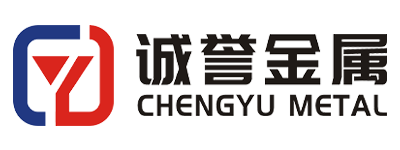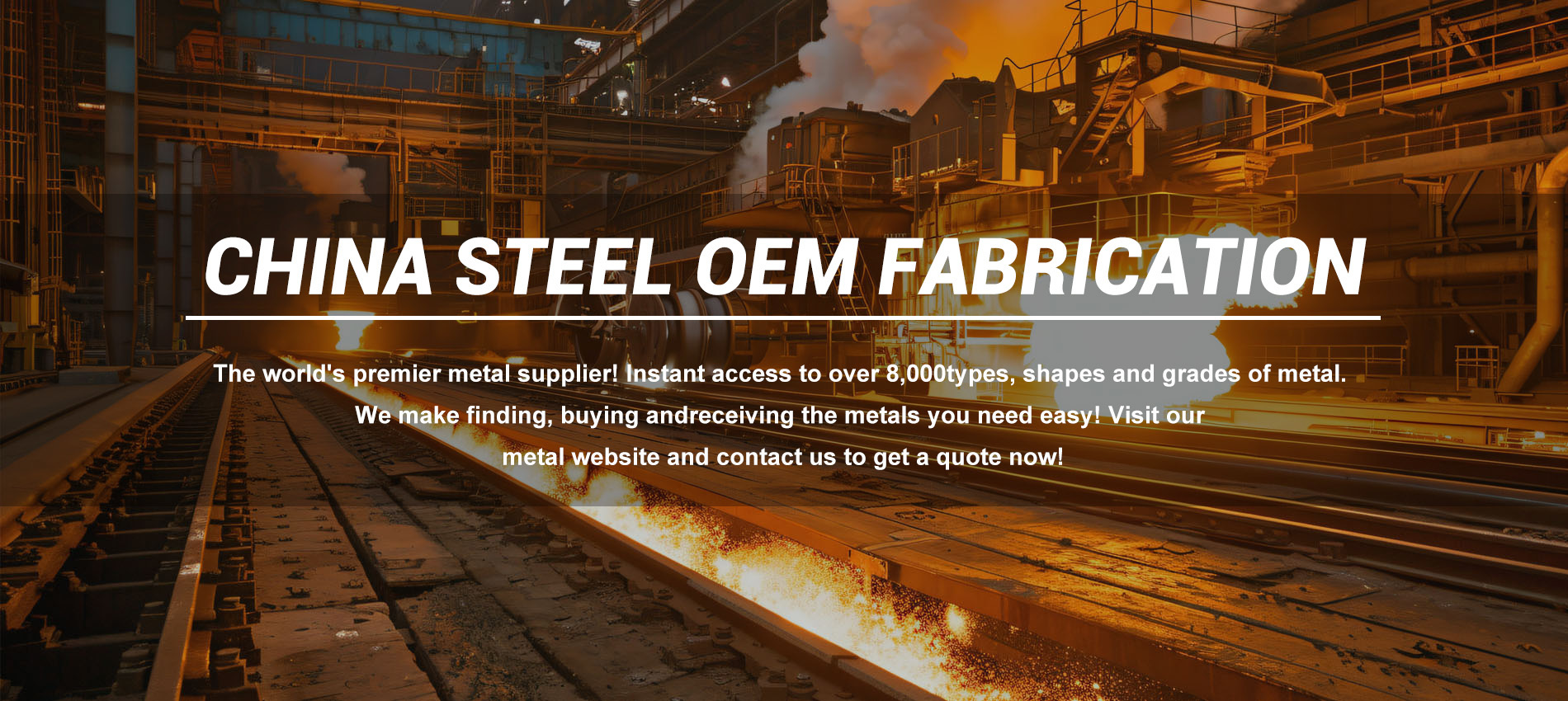
ABOUT US
Hebei Chengyu Metal Materials Co., Ltd. (referred to as "Chengyu Metal") is an international and professional supplier of steel and non-ferrous metal raw materials, committed to providing the most reliable and customized steel and metal solutions for global users. After more than ten years of hard work, the company has adapted to the growing needs of the international market and started to serve global users. As a one-stop supplier of steel and metal raw materials, it has become the preferred steel supplier for tens of thousands of customers around the world with its strong supply chain, solid professional knowledge and reliable services. Customers are spread across more than 110 countries and regions such as Europe, the Middle East, South America, and Southeast Asia. The company has successively invested in the construction of stainless steel, galvanized steel, color-coated steel, seamless steel pipes, cold-rolled plates, and stainless steel product production lines in China; at the same time, it has established long-term friendly cooperative relations with major domestic and foreign steel mills such as Baosteel, TISCO, and Posco, providing customers with high-quality products and services conveniently and quickly. Chengyu Metal adheres to the business philosophy of integrity, professionalism, and innovation, and is committed to providing customers with high-quality products and services. The company has a high-quality and professional team, who rely on their rich industry experience and superb technical level to continuously promote the company's technological innovation and product upgrades.
VIEW MORE+Experience
Active Employees
Floor Area
Cooperative Partner
PRODUCT CENTER
It currently has become the preferred steel supplier of tens of thousands of customers around the world with its strong supply chains, solid professional knowledge and reliable service. Customers are located in Europe, the Middle East, South America, Southeast Asia and more than 110 countries and regions.
ASTM A588 steel includes Class A, Class B, Class C, and Class K. The ASTM A588 steel specification is based on the standard specification for high-strength low-alloy structural steel with a lower yield point of up to 50ksi for applications requiring high strength and corrosion resistance.
A36/Q235/S235JR Carbon Steel Coil
A36 is a low-carbon steel containing trace amounts of manganese, phosphorus, sulfur, silicon and other elements such as copper. A36 has good weldability and high yield strength, and is the structural steel plate specified by the engineer. ASTM A36 steel plate is often manufactured into a variety of structural steel parts. This grade is used for welded, bolted or riveted construction of bridges and buildings, as well as for general structural purposes. Due to its yield point, A36 carbon plate can be used to design lighter-weight structures and equipment, and provide good weldability. Construction, energy, heavy equipment, transportation, infrastructure and mining are the industries where A36 panels are commonly used.
A179 seamless cold drawn low carbon steel pipe is equivalent to China's No. 10 high-quality low-carbon steel. A179 is suitable for cold-drawn high-quality low-carbon seamless steel pipes for heat exchangers and condensers.
A36 is a low-carbon steel containing trace amounts of manganese, phosphorus, sulfur, silicon and other elements such as copper. A36 has good weldability and high yield strength, and is the most specified structural steel plate by engineers. ASTM A36 is most commonly manufactured as a variety of structural steel parts. This grade is used for welded, bolted or riveted construction of bridges and buildings, as well as for general structural purposes. Due to its lowest yield point, A36 can be used to design lighter-weight structures and equipment, and provide good weldability.
304 stainless steel is a kind of universal stainless steel material, rust resistance than 200 series of stainless steel material is stronger. High temperature resistance is also better, can be as high as 1000-1200 degrees. 304 stainless steel has excellent corrosion resistance and good intergranular corrosion resistance. For oxidizing acids, it is concluded in the experiment that 304 stainless steel has strong corrosion resistance in nitric acid with a concentration of less than or equal to 65% of the boiling temperature. It also has good corrosion resistance to alkali solution and most organic and inorganic acids.
202 stainless steel is an austenitic chromium-nickel-manganese alloy. It has high ductility, good corrosion resistance and excellent toughness in both high and low temperature environments. 202 stainless steel is one of the most widely used 200 series stainless steel. 202 stainless steel, the austenitic structure is stabilized by the addition of nickel and manganese, thereby preventing the formation of harmful phases, such as sigma phase or chromium carbide. The high nickel content also improves the corrosion and oxidation resistance of the steel at high temperatures.
The differences between the, B and C designations are complex and related to structural tolerances. For steel mesh products, B500A grade steel is usually used, and for steel bars, B500B grade steel is used. B500C steel is rarely required, and it is always worthwhile for structural engineers to check whether B500B grade steel can be used instead of B500C, because B500C usually has a significant cost overhead.
H-beam is a new type of steel for economic construction. H-beam has economical and reasonable cross-sectional shape, good mechanical properties, uniform extension of each point on the cross-section and small internal stress during rolling. Compared with ordinary I-beam, H-beam has the advantages of large cross-sectional modulus, light weight and metal saving, which can reduce the building structure by 30-40%. In addition, because its legs are parallel to the inner and outer sides and the leg ends are right angles, the welding and riveting work can be saved by 25%. It is often used in large buildings (such as factories, high-rise buildings, etc.) with large bearing capacity and good cross-sectional stability, as well as bridges, ships, lifting and transportation machinery, equipment foundations, supports, foundation piles, etc.
Galvanized Corrugated Roof Sheet
Galvanized roof shingles are made of galvanized steel sheet used for roofing and coated with zinc. The zinc coating provides moisture and oxygen protection for the base steel. According to the galvanizing process, it can be divided into hot-dip galvanized steel plate and electro-galvanized steel plate. The corrugated design will improve its strength and enable it to withstand harsh weather conditions. Common designs include wavy, trapezoidal designs, ribbed galvanized roof panels, etc. It can be used as a single-layer board, covering an existing roof, or a steel sandwich panel.
A572 steel bars are lightweight, but have good strength, ductility and workability, making them ideal for structural applications. These characteristics make the A572 relatively simple to shape into different structures, while maintaining the ability to withstand large stresses and loads.
OUR ADVANTAGE
It has established long-term and friendly relations with Baosteel, Tisco, Posco and other major domestic and international steel mills to conveniently and efficiently provide customers with high-quality products and services.

QUALITY ASSURANCE
We have carried out strict inspection of every part and product, trying to have no quality problems in the hands of customers.

GOOD SERVICE
Answer the customer's question within8 hours, and the service engineer will be on standby 24 hours a day.

PRICE ADVANTAGE
Factory direct sales, no middlemen price difference.Advanced production equipment and manufacturing technology

RICH EXPERIENCE
The products are sold to more than 20 provinces, cities and autonomous regions in China and exported to dozens of countries in Africa and Southeast Asia.
FACTORY WORKSHOP
The company has successively invested and built production lines of stainless steel, galvanized steel, color coating steel, seamless steel pipe, cold-rolled sheet and stainless steel products in China;
NEWS CENTER
The company has successively invested and built production lines of stainless steel, galvanized steel, color coating steel, seamless steel pipe, cold-rolled sheet and stainless steel products in China;




